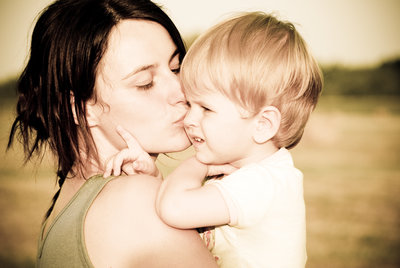Though the potential of a fiscal cliff would affect all people, it would be expected to affect women and children in need the most, and in the worst way
 Low-income Americans – most of whom are women and children – will be the first ones affected in the event that the nation goes over the fiscal cliff. About 25% of the non-security discretionary budget that is on the chopping block goes toward programs that help those living in poverty, including housing assistance and community health centers.
Low-income Americans – most of whom are women and children – will be the first ones affected in the event that the nation goes over the fiscal cliff. About 25% of the non-security discretionary budget that is on the chopping block goes toward programs that help those living in poverty, including housing assistance and community health centers.
One of the most influential programs is the Women, Infants, and Children (WIC) program, which assists low-income mothers with infants in receiving health care and supplemental nutrition. For these children, the Department of Agriculture supplies vouchers toward food products with specific nutrients to support growing children, such as iron-fortified cereal, vitamin C-rich fruit or vegetable juice, and whole-grain breads. $7.2 million dollars was spent on WIC in 2011, which serves 9 million people – most of whom are children.
If the country goes over the cliff, it will be a very cold winter for many women and children. The Low-Income Home Energy Assistance Program, or Liheap, provides energy assistance to about 23 million people, costing the government $3.47 billion dollars annually, and joins many other programs at risk of being cut.
The fiscal cliff will bring about the end of major tax cuts from 2001-2003 and the start of taxes related to President Obama’s healthcare reform law. It will also end last year’s temporary tax cuts to payrolls and the end of some tax cuts for businesses. More than 1,000 government programs may experience large cuts to spending, including Medicare, Medicaid, food stamps, and the defense budget.
According to the United States Census Bureau’s “Supplemental Poverty Measure” of 2011, released this past November, the 16.1% of the population that is living in poverty would rise to 17% without Section 8 housing assistance, and would increase at lower levels without the other programs.
These numbers are much higher when just looking at children – 18.1% of all children live in poverty, and without Section 8, it is expected that 19.5% of all children would be living below the poverty line.
All eyes will be on the government to come up with a decision or compromise before midnight on December 31, 2012, when this fiscal cliff would be encountered.










